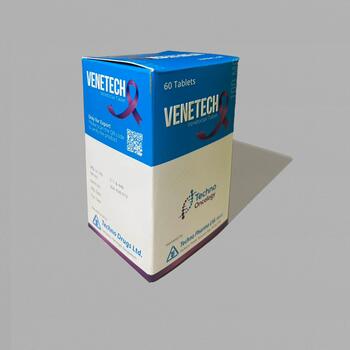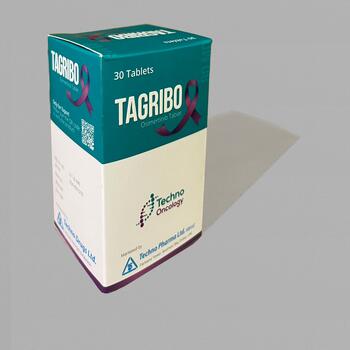Baricent 2

Drug Characteristics
- Generic Name: Baricitinib
- Drug Class: Oral small-molecule Janus kinase (JAK) inhibitor
- Primary Targets: JAK1 and JAK2
Key Features:
- Has immunomodulatory effects, controlling inflammation by blocking cytokine signaling pathways.
- First JAK inhibitor granted Emergency Use Authorization (EUA) by the FDA for severe COVID-19 treatment.
- Demonstrates efficacy in autoimmune diseases and virus-related inflammatory responses.
Indications:
Approved Indications:
Moderate-to-severe active rheumatoid arthritis (RA)
- For adults with inadequate response to one or more disease-modifying antirheumatic drugs (DMARDs).
Severe Alopecia Areata (AA)
- Approved by the FDA in 2022; first systemic treatment approved for this condition.
Mechanism of Action
Baricitinib is a dual JAK1/JAK2 inhibitor. It works by blocking the JAK-STAT signaling pathway, thereby inhibiting multiple cytokine signals, including:
- IL-6
- IFN-γ
- GM-CSF
- And others
Therapeutic Effects:
- Suppresses overactivation of the immune system
- Reduces inflammation
- Minimizes immune-mediated tissue damage
Dosage and Administration
| Indication | Recommended Dose |
|---|---|
| Rheumatoid Arthritis (RA) | 2 mg once daily; 4 mg for patients with severe symptoms |
| Severe Alopecia Areata | 2 mg or 4 mg once daily (depending on weight/severity) |
| COVID-19 (hospitalized) | 4 mg once daily for up to 14 days or until hospital discharge |
Market and Future Prospects
Global Market Overview:
- RA and alopecia markets are mature; Baricitinib competes with tofacitinib, upadacitinib, and other JAK inhibitors.
- Its global recognition rose significantly due to its role in COVID-19 management.
- Approved in China, US, EU, Japan, South Korea, and included in national healthcare systems and clinical guidelines.
Future Development Potential:
Ongoing research for use in:
- Systemic Lupus Erythematosus (SLE)
- Atopic Dermatitis
- Psoriatic Arthritis
- Myositis
Potential to expand into:
- Sjögren’s Syndrome
- Inflammatory Bowel Disease (IBD)
- Graft-versus-Host Disease (GVHD)







